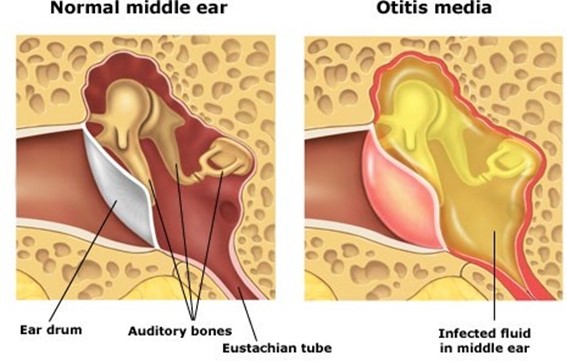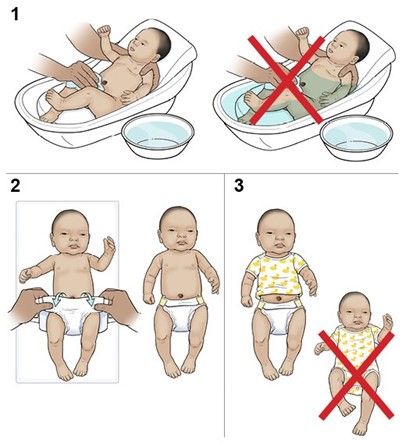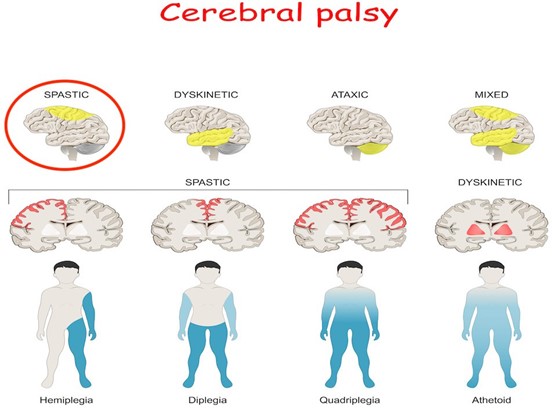The mother of a 3-year-old asks the practical nurse (PN) to clarify the healthcare provider's diagnosis of acute otitis media. Which is the most accurate explanation?
An infection of the middle ear.
A drainage out of the outer ear.
A defect of the inner ear.
An infection of the inner and outer ear.
The Correct Answer is A
Explanation: Acute otitis media is a common childhood illness that refers to an infection of the middle ear. It occurs when the Eustachian tube, which connects the middle ear to the back of the throat, becomes blocked and fluid accumulates in the middle ear. This fluid provides a breeding ground for bacteria, leading to infection and inflammation. Symptoms of acute otitis media can include ear pain, fever, irritability, and difficulty hearing. It is important for the PN to provide accurate information to the mother and to explain the treatment plan, which may include antibiotics and pain relief measures, as prescribed by the healthcare provider.

Nursing Test Bank
Naxlex Comprehensive Predictor Exams
Related Questions
Correct Answer is A
Explanation
Newborns have a stump of the umbilical cord attached to their belly button which eventually falls off within 1-2 weeks. During this time, it is important to keep the area clean and dry to prevent infection. The PN should instruct the parents to clean the area with water and a clean cloth or cotton swab, and then gently pat the area dry with a clean towel. The parents should also be advised to avoid using any harsh soaps, lotions, or alcohol on the cord stump, as this can cause irritation or delay the healing process. It is not recommended to cover the cord stump with a sterile dressing unless specifically instructed to do so by a healthcare provider.

Correct Answer is A
Explanation
Baclofen is a muscle relaxant that can help relieve muscle spasms and manage conditions such as cerebral palsy¹. An assessment finding that indicates the drug is effective for a child with cerebral palsy would be decreased muscular spasticity. This means that the child's muscles are less stiff and rigid, which can improve their mobility and overall quality of life.
The other choices are incorrect because they are not directly related to the therapeutic effects of baclofen. Baclofen is a muscle relaxant that is used to relieve muscle spasms and stiffness. While it may have other effects on the body, its primary therapeutic effect is to decrease muscular spasticity.
- Increased appetite is not a known effect of baclofen.
- Sufficient urinary output is important for overall health, but it is not directly related to the effectiveness of baclofen.
- Fewer temper outbursts may be an indirect result of decreased muscular spasticity and improved mobility, but it is not a direct effect of baclofen.

Whether you are a student looking to ace your exams or a practicing nurse seeking to enhance your expertise , our nursing education contents will empower you with the confidence and competence to make a difference in the lives of patients and become a respected leader in the healthcare field.
Visit Naxlex, invest in your future and unlock endless possibilities with our unparalleled nursing education contents today
Report Wrong Answer on the Current Question
Do you disagree with the answer? If yes, what is your expected answer? Explain.
Kindly be descriptive with the issue you are facing.
